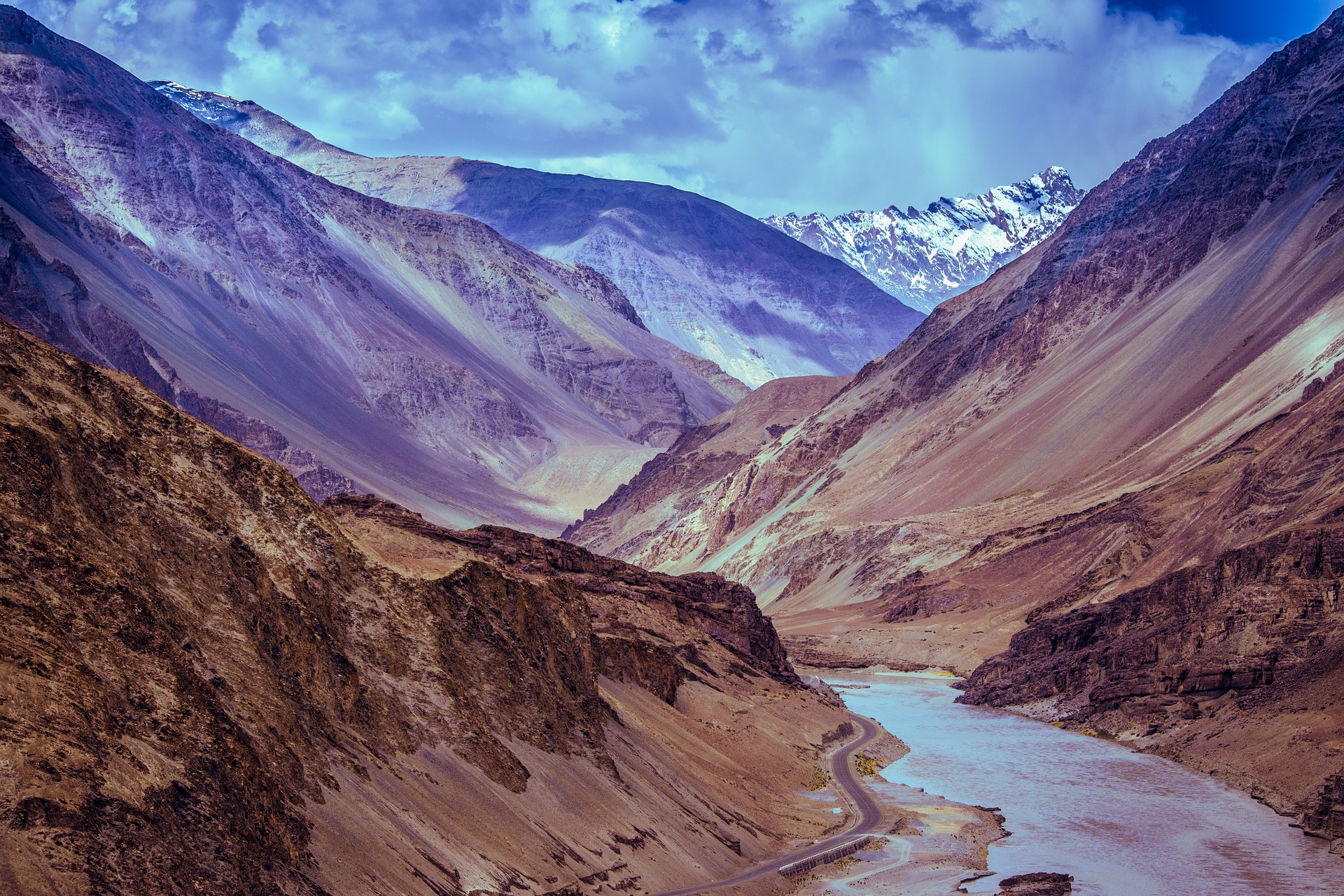
For three months in 2005-2006, Pacific Institute Program Director Meena Palaniappan will be conducting research in India. This article is part of a series of diary entries in which Palaniappan will elaborate on her experiences abroad.
December 28, 2005 – Chennai, India is a really a city that is a song about water, and a poem in contrasts. When I was here two years ago in 2003, Chennai (formerly called Madras) had gone through a 7 year drought, with the hope of a good rain on everyone’s minds and in many prayers. People spoke of moving back to the villages because there simply was no water in Chennai to meet people’s needs. The water utility had pretty much stopped providing piped supply to residents at this point. Really, it seemed like the city would be abandoned in a few years time–a mega-city that dried up because of drought. It was “thanni cushtaam,” or “water troubles” that were on the tip of everyone’s tongue. Where were people getting water, how salty was it, what if the tanker supply ran out?
In 2005, I arrived in Chennai to weeks of pounding rain. Roads, homes and villages are flooded, sewage runs in the streets, rains have taken lives of many bus riders, trains were derailed, reservoirs overflowing, and lakes being breached. Yet again, water is the main subject of conversation among my relatives in Chennai. Fully one half of the evening news, which we watch daily, is devoted to pictures of overflowing rivers, flooded fields and villages, demolished roads, and interviews with the many affected (including interviews with disappointed cricket fans who have been rained out on numerous occasions). I kid you not, that water has been on the front page in The Hindu newspaper, sometimes in three separate articles, nearly every day I have been here. What is ironic and frustrating is that yet again, Chennai-ites talk of “thanni cushtaam,” yet now it is too much water! People are cursing the endless rains. The last week of November found 7 districts receiving 1000 percent of typical rainfall. Development of housing in flood plains, lack of adequate storm water drainage, lack of sewage treatment all contribute to the problem.
Recently, my relatives are starting to say that since the Tsunami that hit South India hard last year, things are just not the same. Some go even further and say that things are really changing on a global level. They point to the hurricanes that have hit the U.S. (they bemusedly note that the U.S. has even run out of letters to name the hurricanes), and the heavy rains in Tamil Nadu (unseen for 20 years). It was too hard for me to talk about the nature of severe weather patterns in a warming planet in Tamil, so I left that one alone.
There is not only the constant rain and flooding, but there is also a lot of standing water. Which naturally means breeding grounds for mosquitoes. This is a personal bane for me—my one year old daughter Gitanjali has become the favorite feeding ground of Chennai mosquitoes, much to my dismay. After a particularly heavy bout of mosquito bites, and scary television news stories about the prevalence of dengue fever among children here, I took Gitanjali to a pediatrician. I asked if there was anything immediate we could do for dengue fever and malaria (which I didn’t want to give Gitanjali the heavy preventative medication for). He said to me that there were two types of mosquitoes: the mosquitoes that bite at night can cause malaria, those that bite during the day can cause dengue fever. He also let me know that there really wasn’t a lot one could do to prevent this, other than avoid mosquitoes. As you might imagine, this provided me a lot of relief (!!!), considering how successful we’d been at avoiding both night- and day- biting mosquitoes thus far. Nevertheless, Gitanjali is being a wonderful sport, and we are doing our best to douse her in “safe” mosquito repellents.


